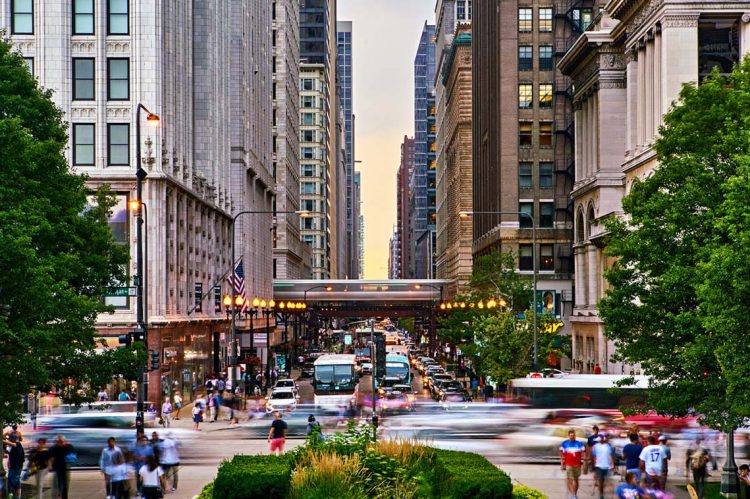For the first time since the Great Recession, buyers may have an easier time buying a home in the city than in nearby suburbs this home shopping season, according to new data from Zillow® that shows homes in the suburbs recently have been appreciating faster than urban homes, indicating stronger demand and fiercer competition.
Home values in suburban zip codes have been growing faster than those in urban areas since July 2021, the report states. The typical home in the suburbs gained $66,490 in value in the past year, compared to $61,671 for the typical urban home. That is a reversal from previous norms and from the first 15 months of the pandemic. From January 2013—about the time when home values began to recover following the housing crash—through June 2021, urban homes were generally gaining value more quickly, the analysis states.
“In the beginning of the pandemic, home values in urban areas generally outpaced suburban areas, counter to what many expected during the rush for more space,” said Zillow Economist Nicole Bachaud. “And while urban home value gains have continued to accelerate, the suburbs are even hotter, showing just how strong demand is for limited suburban inventory. That could mean competition for homes will be lighter near city centers this home shopping season, something we haven’t been able to say for nearly a decade. That’s not to say shopping for a home in the city will be a leisurely affair, but any sliver of opportunity for buyers is welcome in this market.”
Faster home value growth in the suburbs comes as remote work has changed the U.S. housing landscape, Zillow writes. Research from the National Bureau of Economic Research found the shift to remote work is responsible for more than half of the gain in U.S. home prices since late 2019, and that the evolution of remote work is likely to have a major impact on the future path of home values.
To be sure, urban real estate has seen incredible growth, as well. This is not a case of housing in the suburbs gaining value at the expense of urban real estate; rather, it’s something akin to one world-class sprinter edging out another. And there are signs that demand may be shifting back in favor of urban homes, according to Zillow. In each of the first three months of this year, the gap between annual home value growth in the suburbs and in urban areas has shrunk. Annual suburban home value growth outpaced urban home value growth by about $7,250 in December, but only by about $4,820 in March, the report reads.
The shift has been more pronounced in a few metro areas where suburban home values grew especially fast compared to urban home values in 2021: San Francisco, Columbus, Seattle and Boston. This may reflect home buyers reacting to employers’ return-to-office plans, realizing that the cost savings of a move to the suburbs are not as big as they once were, or sensing that competition may not be as stiff for homes in urban parts of the metro, the analysis reads.
Finally, Zillow notes in its report that Nashville and Raleigh are two notable counterexamples. In both metros, urban home values rose more than those in the suburbs in 2021. However, after the first three months of 2022, those positions have been reversed. In the year ending March 2022, the typical suburban home in Nashville gained $7,350 more than the typical urban home, and in Raleigh, the typical suburban home gained about $9,800 more. This could signal a shift in demand in these markets, with home shoppers searching for more-affordable options in the suburbs, especially as mortgage rates keep rising.
To view the full report, click here.












